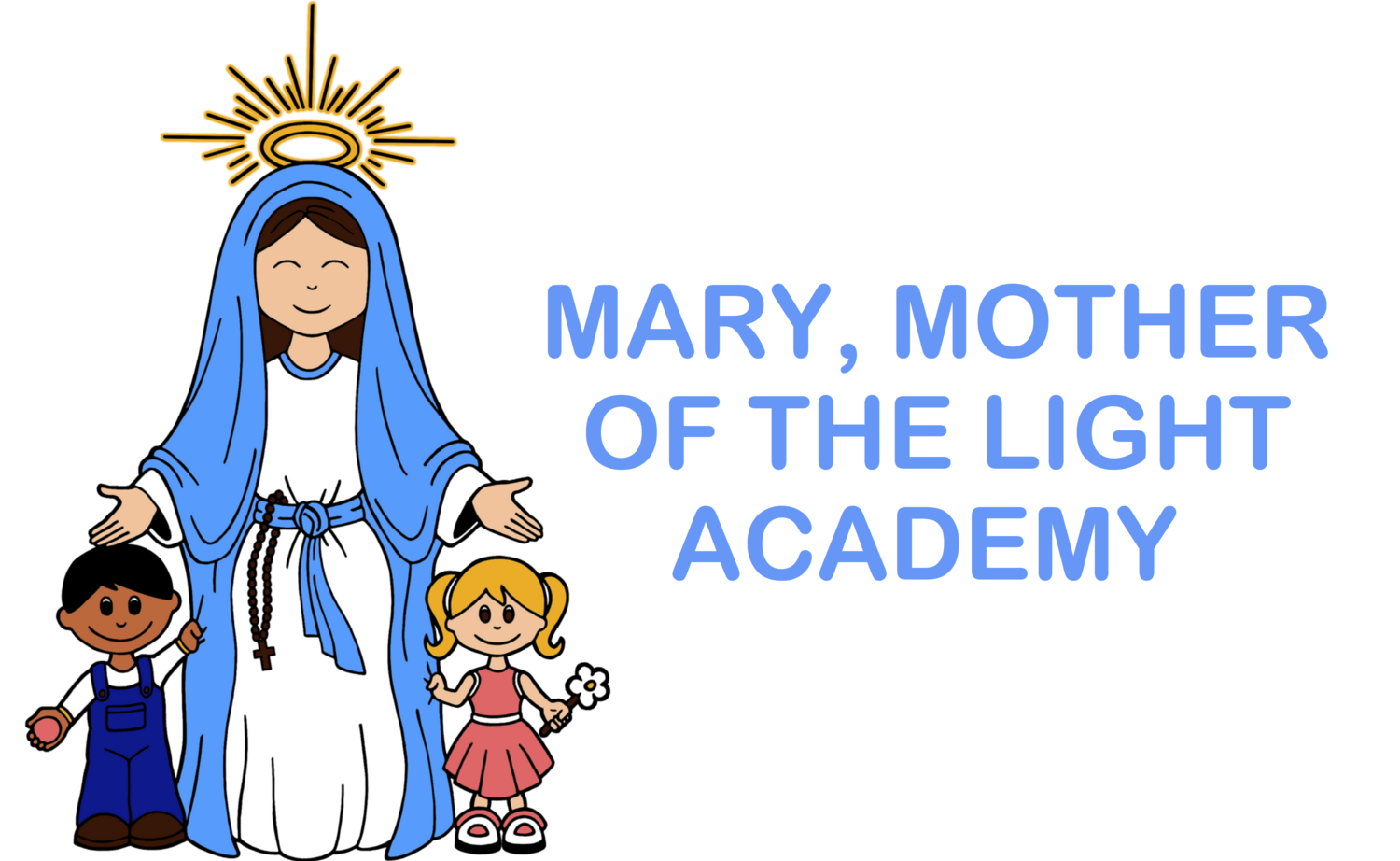Your Toddler’s Language Development
/In the last year, we’ve all spent a lot of time inside our homes. The upside to this is that we get to spend more time with our kids. At the onset of the pandemic, though, childcare became scarce and even though things moving back towards normalcy, we still aren’t all the way there.
This means, our children aren’t getting the same developmental experiences they might have gotten pre-Covid because more of their time is spent at home.
All of us can agree more family time is a plus, but we would also all probably agree we didn’t want this to come at the expense of something else.
The toddler age is critical for learning different skills pertaining to language. It is super important that parents of toddlers get creative to prevent their children from falling behind with their language skills. Make an effort to converse frequently with your child. Speak clearly to your child and model good speech. And try not to use “baby talk” too much.
Studies have shown that the more parents talk with their kids, the larger vocabularies those children develop – and more advanced sentence structures, too!
Here are some easy ideas to help create a language-rich home.
ARTS & CRAFTS:
This is one of our all-time favorites. These type of activities introduce children to all sorts of textures and smells – and they stimulate a variety of senses. They also tend to encourage the further development of different kinds of motor skills. The best part about arts and crafts with your toddlers, though, is the fact that you get something tangible from you little one that you can keep.
While you’re doing arts and crafts, talk to your child about the craft itself. Ask lots of questions. “What color is this?” “What shape is that?” “What does (object) feel like?”
We also encourage you to ask questions that include a choice (NOT a “yes” or “no” answer). For example, instead of asking your child if he or she would like the red maker (which is a yes/no question), ask “Would you like the red marker or the blue marker?”
GAMES:
Forever the family favorite – board games. Really, any kind of game where you take turns will work. In addition to encouraging dialogue, these games also help teach patience. You can use this time to introduce new words to your child.
TUB TIME:
Take advantage of this time! It’s easy to try to rush through it and move on to the next task, but this is uninterrupted time to converse with your little one. Try singing songs together, or introducing new toys during bath time!
It’s a great opportunity to ask your child questions about the toys. “Would you like the ducky or the fish toy?” Don’t let them just point to the toy they want. Encourage them to use their words to communicate. Let’s say they choose the ducky. You can then ask questions like, “What color is the ducky?” What do duckies say? (quack quack!) “Where do duckies live?”
Bathtubs are also great for learning parts of the body. For example, you can point to your child’s toes and say “What are these called?” You can also ask your child what certain body parts to. For example, “What does your nose do?” (it smells things)
Bath time is also a great time to count things. For example, you can ask your child to count how many toys are in the tub.
GO FOR A WALK:
Walks are a great time to point to objects and ask questions like “What is that? What color is it? What does it do? How does it sound?” Etc. It’s also good to expand on your child’s comments. For example, let’s say you point at a truck. Your child responds, “Red truck!” You can say “Yes, it’s a BIG red truck!”
Remember to never criticize your child’s speech. If they say something incorrectly, just repeat their statement with the correct pronunciation or word usage.
The trick to creating a language rich home is take advantage of the time you have together with your children, and keep the dialogue flowing. Look for teaching opportunities even when they might not seem overwhelmingly obvious. Remember, most of the world is new to them!

